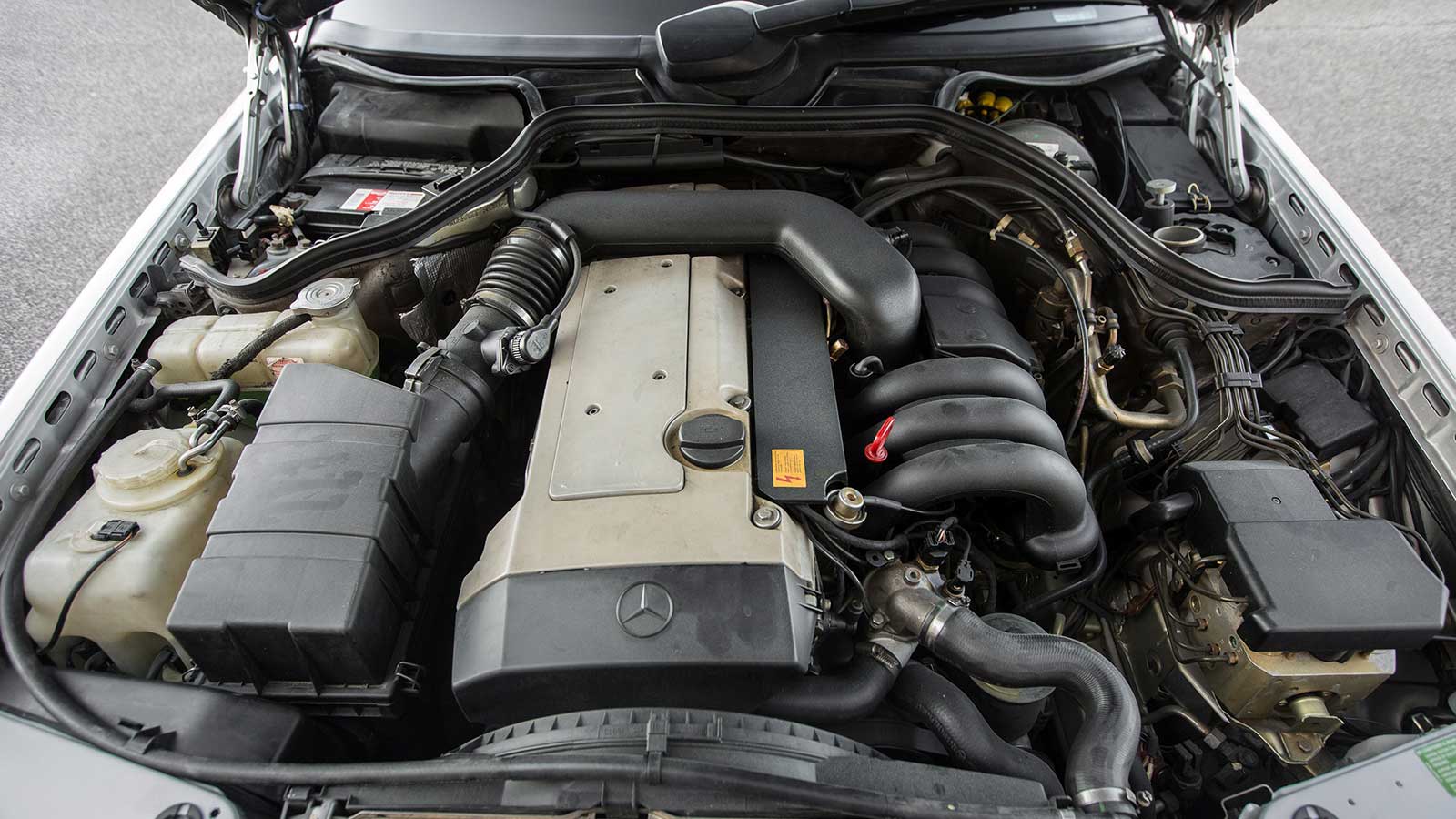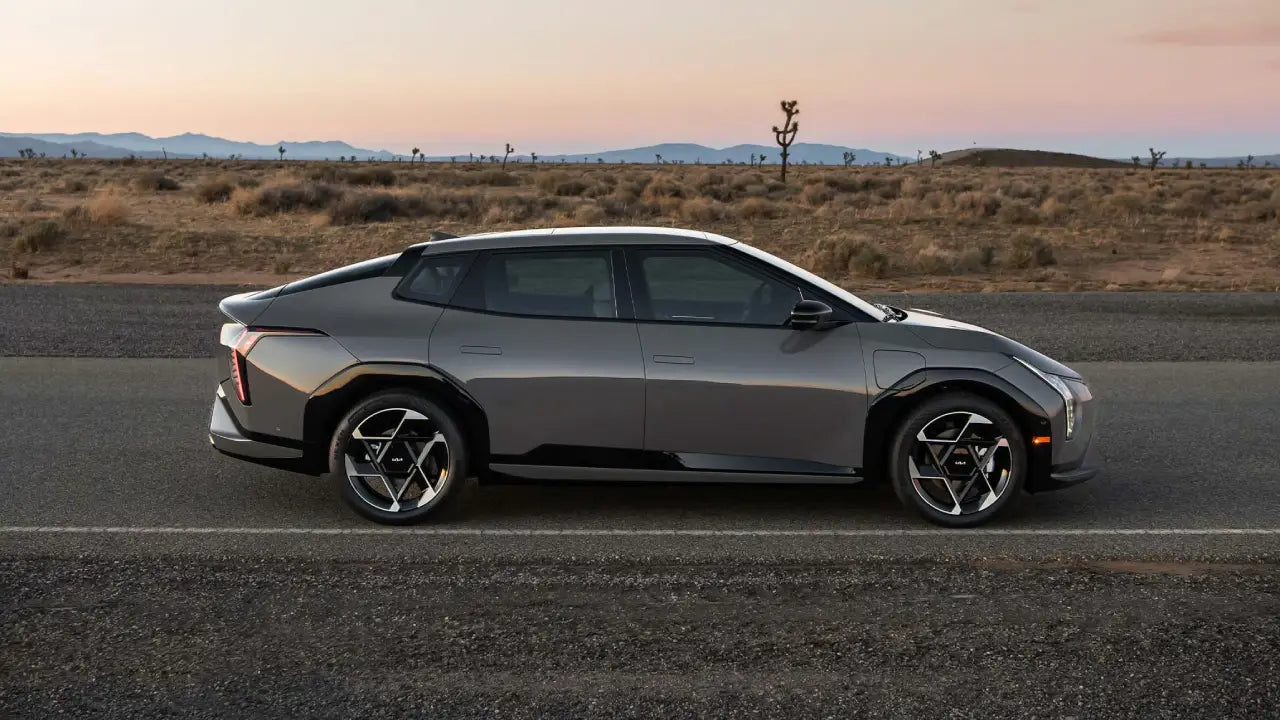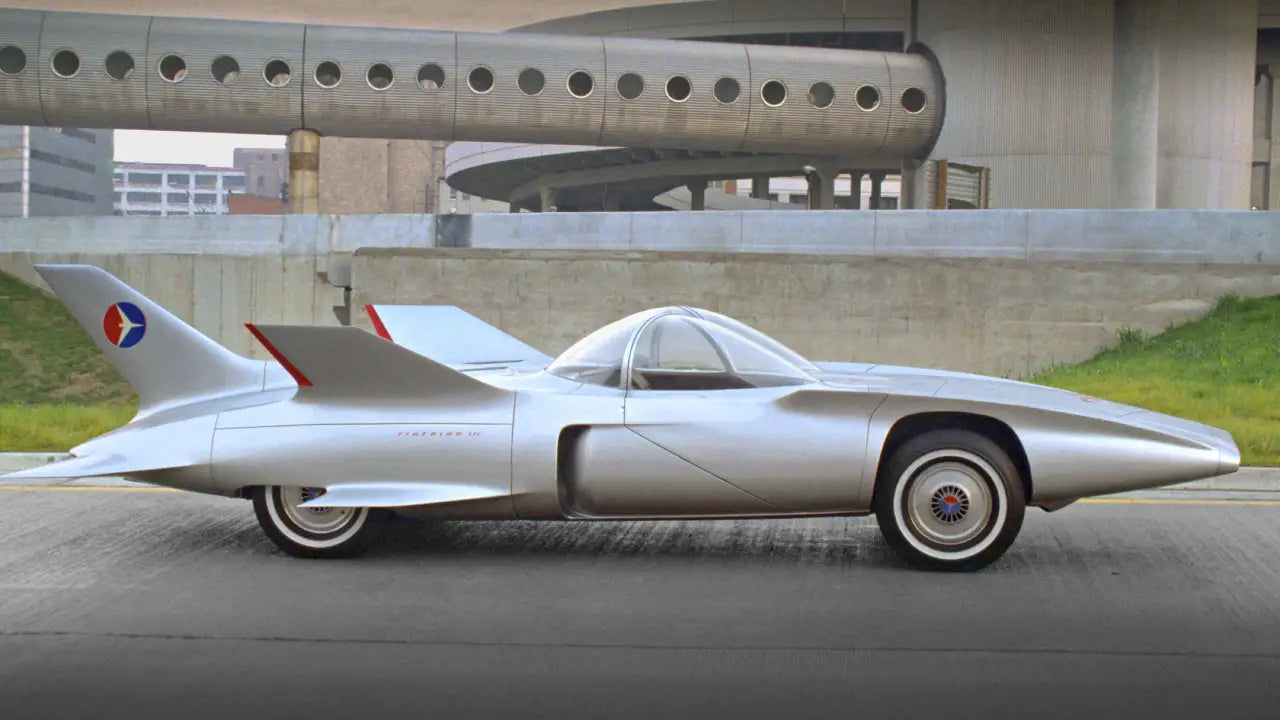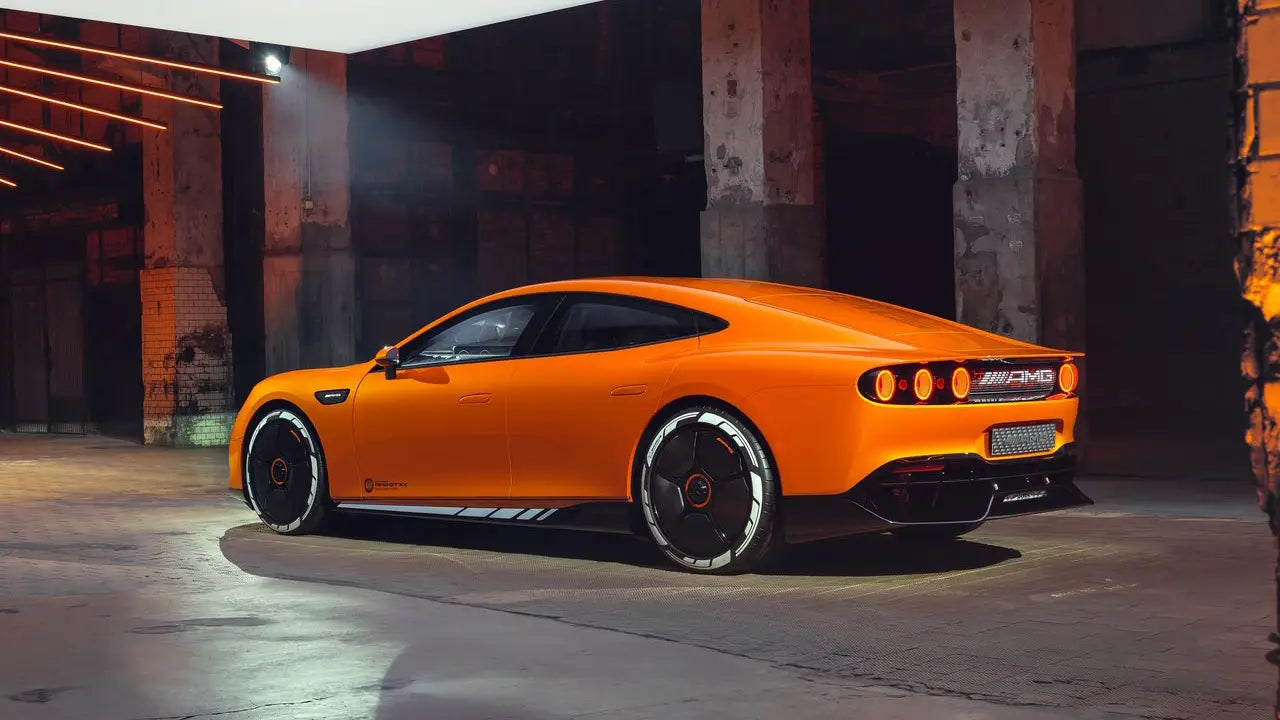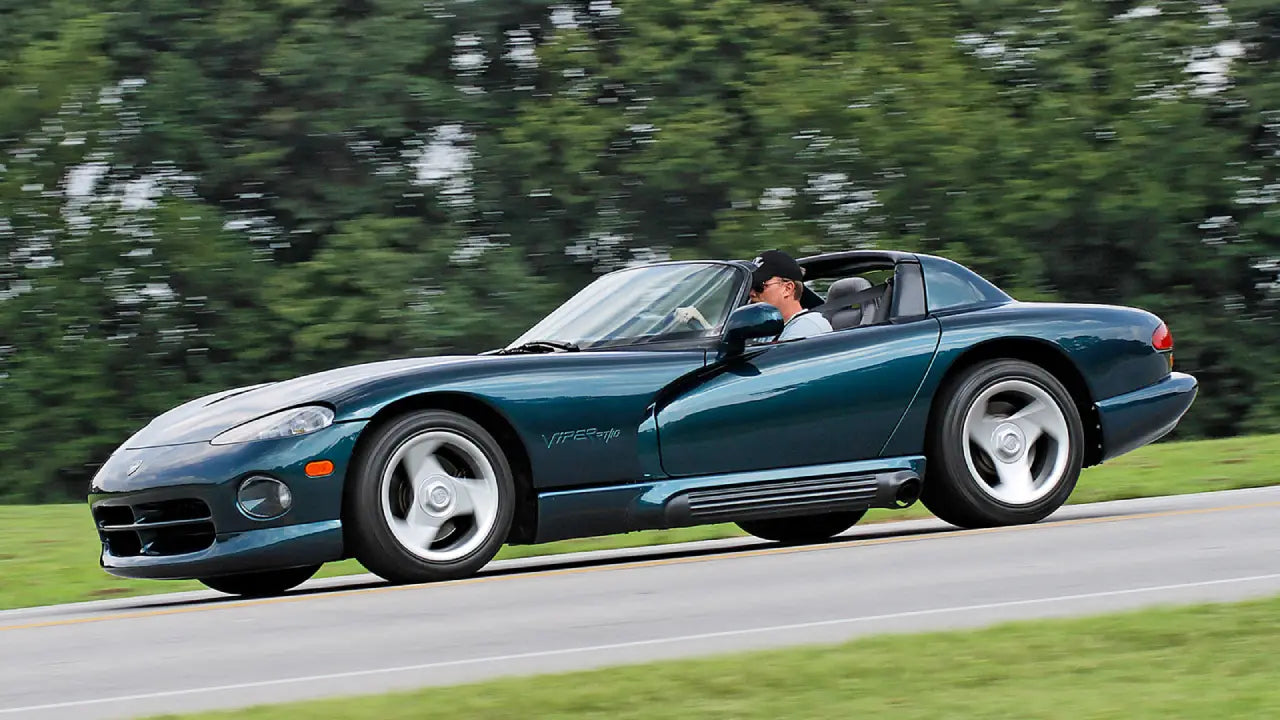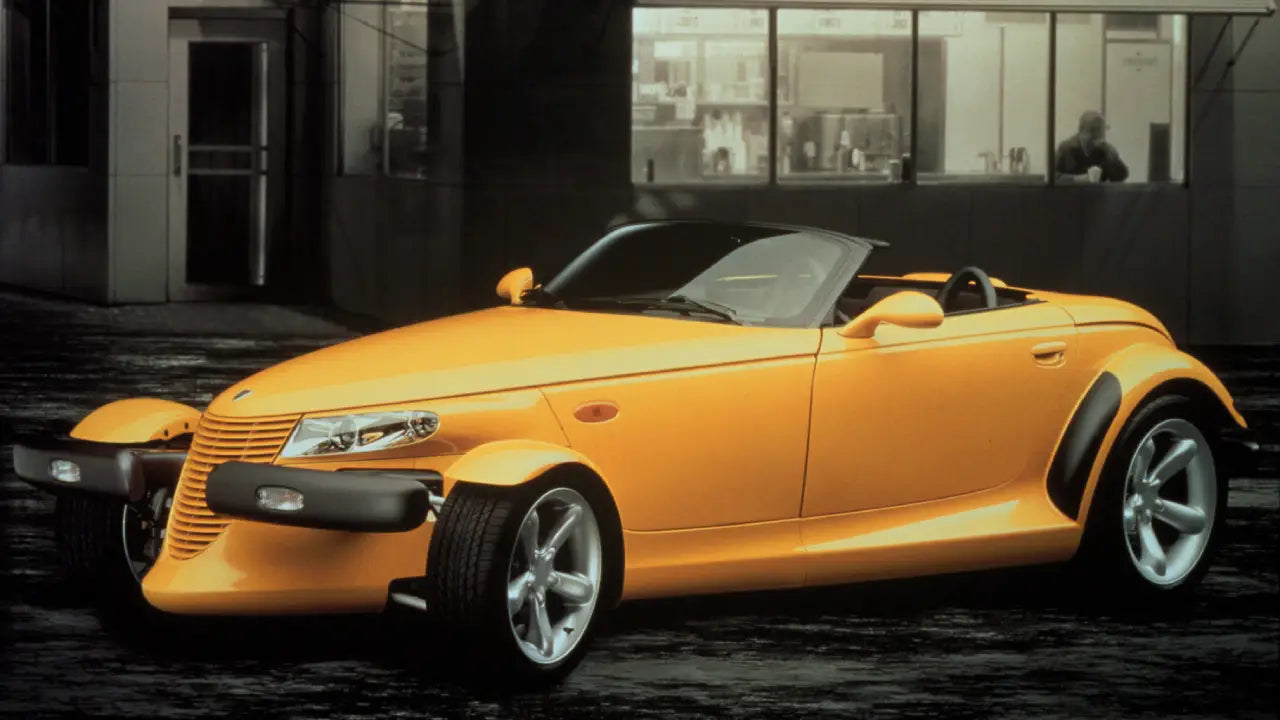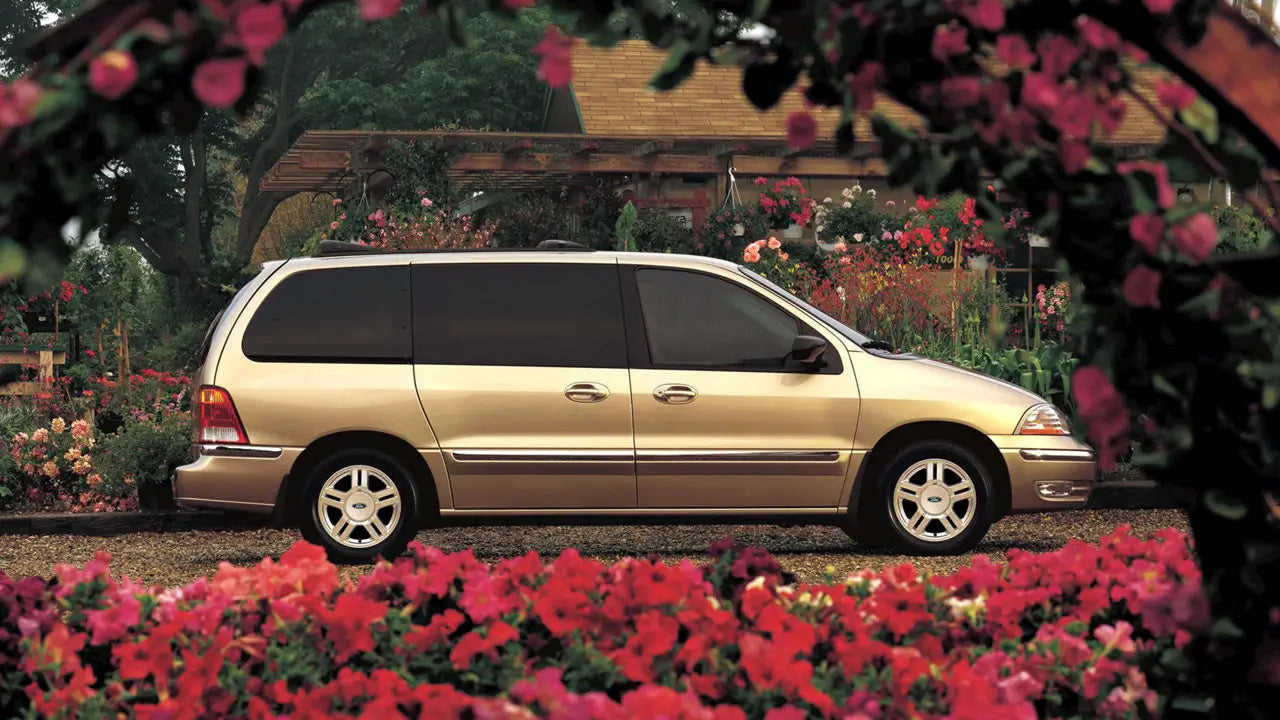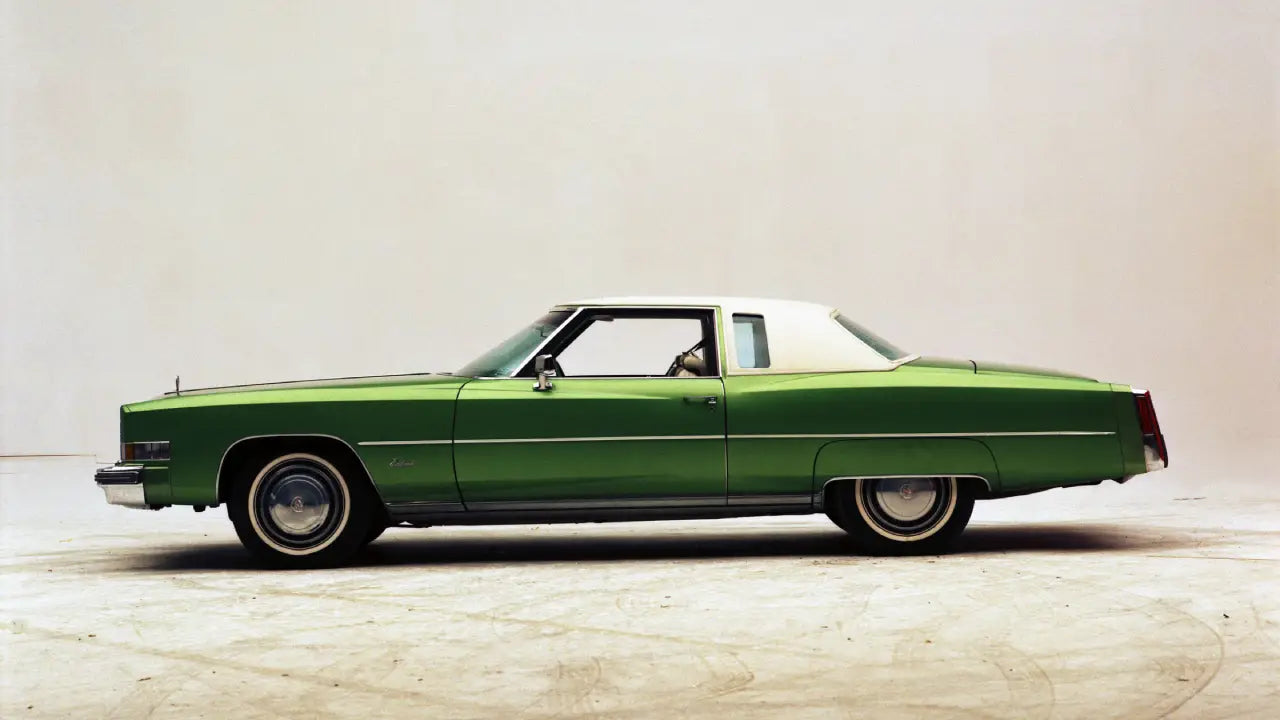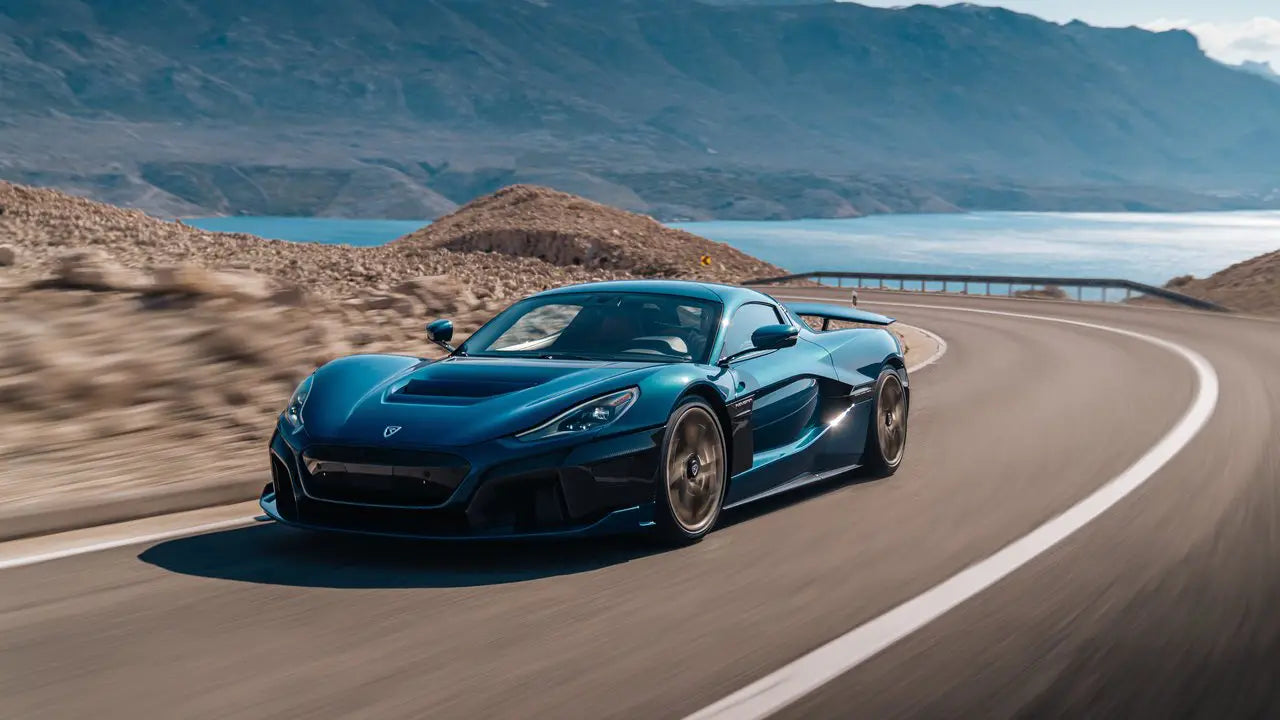Automotive design combines creativity and engineering. But sometimes, brands launch models with baffling flaws despite testing and quality control. Here’s a curated list of 7 legendary automotive design misfires, each rooted in poor judgment, ignored feedback, or ill-considered trade‑offs.
Nissan Xterra’s Inaccessible Sunroof

The early‑generation Nissan Xterra offered a sunroof that, while technically present, was nearly unusable in practice. Positioned far rearward above the second row and obstructed by the roof‑mounted safari rack, it served more as a quirky thought than a functional feature. Owners reflect that while it existed by spec, in reality, it offered negligible value, and Nissan ultimately discontinued it in later generations.
Hyundai Veloster’s Hazardous Rear Hatch

Despite the Veloster's sporty charm and unusual three‑door layout, owners discovered a troubling defect: rainwater pooled atop the brake lights and, upon opening the hatch, poured directly into the cargo area. In dealership visits, this was acknowledged outright as a design oversight rather than a fixable fault. Rainwater ingress with every wet drive became an accepted issue.
Cadillac’s V8-6-4 Cylinder Deactivation

Cadillac’s 1981 V8‑6‑4 engine was pitched as an advanced fuel‑economy innovation—automatically switching between eight, six, or four cylinders. In practice, however, the system suffered from abysmal drivability. Primitive electronics could not react swiftly, and throttle‑body fuel injection failed to deliver accurate fuel metering. Drivers experienced hesitation, knocking, and continuous hunting between modes. The system was disabled or removed entirely after one year due to the overwhelmingly negative response.
Pontiac Aztek’s Jarring Proportions

Launched as a forward‑thinking crossover tailored to Generation‑X lifestyles, the Pontiac Aztek became infamous for its awkward styling. Its disproportionate bodywork featured tiny wheels on a minivan frame, mismatched split headlights, and liberal use of cladding that created a disjointed aesthetic. While functionally innovative—incorporating modular camping accessories—the compromised styling engendered overwhelming criticism, largely attributed to GM’s design‑by‑committee approach.
Audi TT’s Aerodynamic Instability

Audi’s first-generation TT has since become design icon, but early production versions suffered from serious aerodynamic instability at highway speeds. The clean, curved roofline produced rear lift, making the car feel unsettled at high speed. Rather than rethinking the form, Audi added a modest rear spoiler and stiffer suspension, based on later CFD studies that confirmed that the spoiler reduced rear lift by approximately 65%.
Chrysler’s Ultradrive Transmission

The Ultradrive was Chrysler’s leap into electronically controlled automatic transmissions in 1989. Unfortunately, the system was poorly documented and overly sensitive. Many mechanics mistakenly used standard Dexron or Mercon fluid instead of Chrysler’s proprietary ATF+3/ATF+4, leading to catastrophic failures. Additionally, limp‑mode activation—even for minor sensor glitches—locked the car into second gear and compelled premature replacements. Chrysler eventually enacted buybacks, waived deductibles, and overhauled early models, but the early damage was significant.
Mercedes-Benz Biodegradable Harnesses

In the early 1990s, Mercedes experimented with eco‑friendly biodegradable wiring harnesses to reduce environmental impact. Unfortunately, insulation materials degraded rapidly under normal conditions—heat, vibration, and moisture—causing gremlins such as self‑operating windows and electrical faults. The resulting cascade of harness failures led to widespread recalls and retrofits.



